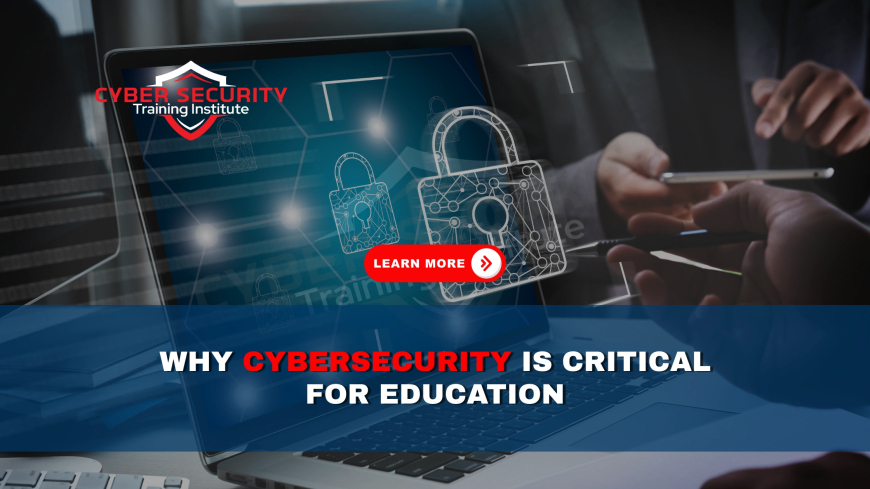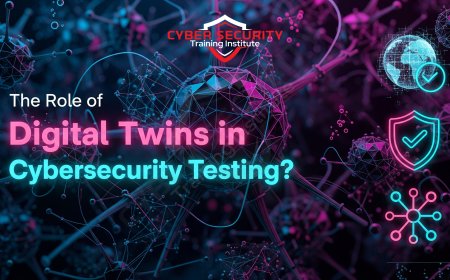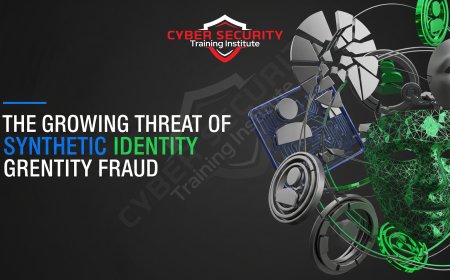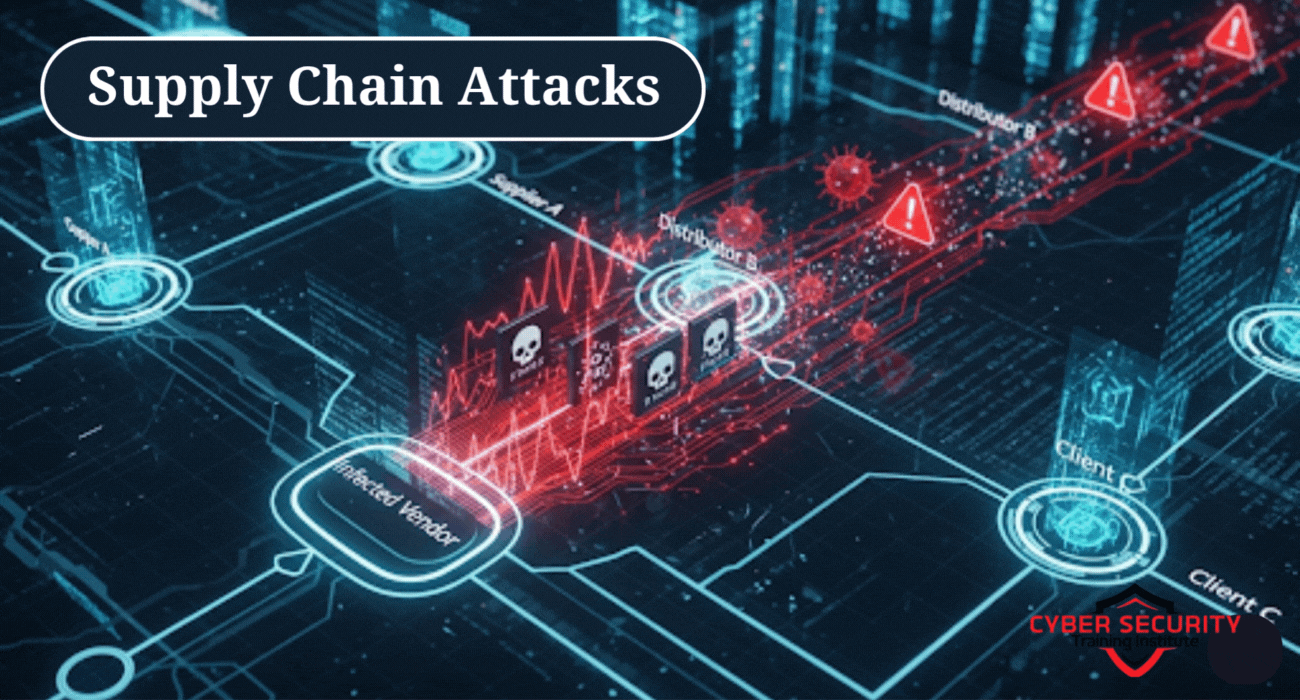Why Is Cybersecurity Essential for Schools and Universities Today?
Imagine a university’s student records—grades, personal details, financial aid info—leaked online because of a simple phishing email. Or a school’s network locked by ransomware, canceling classes for days. These aren’t just nightmares; they’re real risks in 2025, with cybercrime costing the world $10.5 trillion annually. 0 As someone who’s seen the digital transformation of education, I know schools and universities are prime targets for hackers. With sensitive data, limited budgets, and tech-savvy students, educational institutions face unique threats. This blog explores why cybersecurity is critical for schools and universities, offering clear insights and practical steps to stay safe. Whether you’re a teacher, administrator, or parent, you’ll learn why protecting digital assets is as vital as locking classroom doors. Let’s dive into how cybersecurity keeps education thriving in a connected world.

Table of Contents
- Why Cybersecurity Matters for Education
- Common Cyber Threats Facing Schools and Universities
- Impact of Cyberattacks on Education
- Real-World Case Studies
- Unique Cybersecurity Challenges in Education
- Strategies to Strengthen Cybersecurity
- Technology Solutions for Schools
- Future Trends in Educational Cybersecurity
- Comparing Secured vs. Unsecured Institutions
- Conclusion
- FAQs
Why Cybersecurity Matters for Education
Cybersecurity is about protecting digital systems—computers, networks, data—from attacks, theft, or damage. For schools and universities, it’s essential because they store sensitive information like student records, research data, and financial details. In 2025, education is a top target for cyberattacks, with 386 K-12 schools hit by ransomware in 2024 alone.
Education relies on technology—online learning platforms, cloud storage, even smart classroom devices. A single breach can disrupt classes, expose personal data, or derail research. For beginners, think of cybersecurity as a digital lock on your school’s front gate, keeping out intruders who could steal or destroy what’s inside. Beyond safety, strong cybersecurity builds trust with students, parents, and staff, ensuring education can focus on learning, not recovery.
Common Cyber Threats Facing Schools and Universities
Educational institutions face a range of cyber threats, each exploiting their unique vulnerabilities:
- Ransomware: Malware that locks systems until a ransom is paid, disrupting classes and operations.
2 - Phishing: Fake emails or texts tricking users into sharing passwords or clicking malicious links.
- Data Breaches: Hackers steal sensitive info, like student IDs or research, for sale or extortion.
- DDoS Attacks: Overloading networks to crash online learning platforms, halting education.
- Insider Threats: Students or staff, intentionally or not, compromising security by misusing access.
These threats are like digital vandalism, targeting schools because they often have outdated systems and limited security staff. In 2024, 74% of educational breaches involved human error, like clicking phishing links.
Impact of Cyberattacks on Education
Cyberattacks do more than disrupt—they can cripple schools and universities:
- Financial Losses: The average breach costs $4.45 million, with ransomware recovery hitting millions.
4 - Learning Disruptions: Locked systems cancel classes, delaying education for thousands.
- Reputation Damage: Parents and students lose trust, with 60% less likely to enroll after a breach.
5 - Regulatory Fines: Laws like FERPA or GDPR impose penalties for data leaks, straining budgets.
- Research Theft: Universities lose valuable intellectual property, hurting innovation.
These impacts hit small schools hardest, but even large universities struggle to recover, diverting funds from education to damage control.
Real-World Case Studies
Real examples show the stakes. In 2024, a U.S. school district was hit by ransomware, locking 50,000 student records and canceling classes for a week. Recovery cost $1.2 million.
Another case: a community college’s misconfigured cloud server exposed 100,000 student records, leading to a $500,000 fine and enrollment drops.
Unique Cybersecurity Challenges in Education
Schools and universities face distinct hurdles:
- Limited Budgets: Many lack funds for robust security, unlike corporations.
8 - Skills Gap: A 4-million-person cybersecurity shortage means few trained IT staff.
9 - Open Environments: Students and faculty use personal devices, creating security gaps.
- Legacy Systems: Old computers and software are hard to secure.
- High Data Sensitivity: Student and research data are prime targets for hackers.
These challenges make education a soft target, requiring tailored solutions to protect digital assets.
Strategies to Strengthen Cybersecurity
Schools can build defenses with practical steps:
- Regular Training: Teach staff and students to spot phishing and use strong passwords.
10 - Backups: Store data securely and test restores to recover from ransomware.
- Access Controls: Limit who can access sensitive systems, using least privilege rules.
- Incident Response Plan: Prepare and practice a plan to handle attacks quickly.
- Patch Management: Update software to close vulnerabilities hackers exploit.
These are like fire drills—simple steps that prepare schools for digital emergencies.
Technology Solutions for Schools
Technology bolsters defenses on a budget:
- Multi-Factor Authentication (MFA): Adds extra login steps to block stolen passwords.
11 - Cloud Security Tools: Solutions like Microsoft Defender secure cloud-based learning platforms.
- Endpoint Protection: Software like CrowdStrike stops malware on devices.
- Network Monitoring: Tools detect unusual activity, like DDoS attacks, in real-time.
- Zero-Trust Architecture: Verifies every user, reducing insider threats.
12
These tools act like digital security guards, affordable even for cash-strapped schools.
Future Trends in Educational Cybersecurity
In 2025, cybersecurity is evolving. AI-driven tools will predict threats, catching attacks before they spread.
Government grants, like those from the U.S. Department of Education, will fund school cybersecurity. Gamified training will engage students and staff, improving awareness. By 2027, 60% of schools will adopt advanced security, per industry forecasts.
Comparing Secured vs. Unsecured Institutions
Here’s how secure and unsecured schools differ:
| Aspect | Unsecured School | Secured School |
|---|---|---|
| Data Protection | Vulnerable to leaks | Encrypted, restricted access |
| Response Time | Days to weeks | Minutes with automation |
| Training | Rare or none | Regular, engaging |
| Cost of Breach | Millions, plus fines | Minimized by prevention |
Secure setups save money and trust.
Conclusion
Cybersecurity is non-negotiable for schools and universities in 2025, as ransomware, phishing, and data breaches threaten learning and trust. With limited budgets and open environments, educational institutions face unique risks, as seen in cases like the 2024 school district attack. But with training, backups, and tools like MFA and zero-trust, schools can build strong defenses. Future trends like AI and CSMA promise even better protection. Whether you’re a principal or a university dean, investing in cybersecurity now ensures education thrives without fear. Start small—train your staff today—and keep your digital campus safe.
FAQs
Why do schools need cybersecurity?
They store sensitive student and research data, making them targets for hackers.
What’s the biggest cyber threat to schools?
Ransomware, which locks systems and disrupts classes, hit 386 schools in 2024.
How do phishing attacks affect education?
They trick users into sharing passwords, leading to data theft or system access.
What’s the cost of a school data breach?
Average is $4.45 million, including recovery and fines.
Can small schools afford cybersecurity?
Yes, affordable tools like MFA and cloud security fit tight budgets.
How does human error impact school security?
74% of breaches involve errors like clicking phishing links.
What’s an insider threat in schools?
Students or staff misusing access, intentionally or accidentally.
How do backups help against ransomware?
Secure backups allow data recovery without paying ransom.
What’s multi-factor authentication?
It adds extra login steps, like a phone code, to block hackers.
Why are school budgets a challenge?
Limited funds mean less investment in security staff or tools.
How do DDoS attacks hurt schools?
They crash online platforms, stopping classes and learning.
Can training stop cyber threats?
Yes, teaching staff and students reduces errors like phishing clicks.
What’s zero-trust architecture?
It verifies every user and device, minimizing unauthorized access.
How do regulations affect schools?
Laws like FERPA fine schools for data leaks, pushing better security.
What’s the skills gap in education?
A 4-million-person shortage means schools lack cybersecurity experts.
Can AI improve school cybersecurity?
Yes, AI predicts and detects threats faster than humans.
What’s Cybersecurity Mesh Architecture?
It unifies security across devices and clouds for better protection.
How do breaches affect school reputation?
60% of parents and students lose trust, impacting enrollment.
What future trends will help schools?
AI, CSMA, and government grants will boost security by 2027.
How can schools start improving cybersecurity?
Train staff, use MFA, and audit systems regularly.
What's Your Reaction?
 Like
0
Like
0
 Dislike
0
Dislike
0
 Love
0
Love
0
 Funny
0
Funny
0
 Angry
0
Angry
0
 Sad
0
Sad
0
 Wow
0
Wow
0







![How to Install RHEL 10 on VMware/VirtualBox [Tutorial]](https://www.cybersecurityinstitute.in/blog/uploads/images/202509/image_430x256_68b56dc967a4a.jpg)








